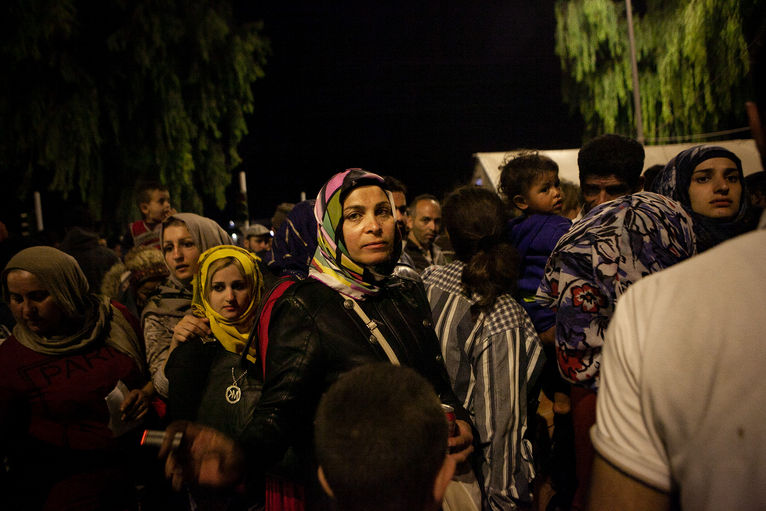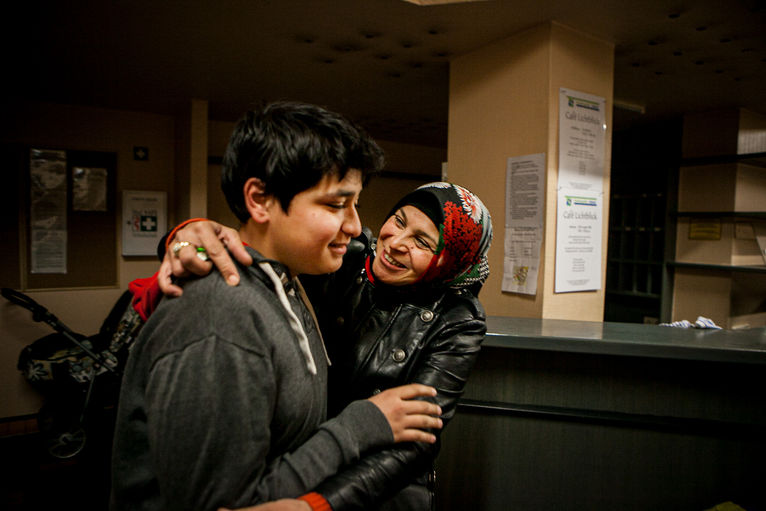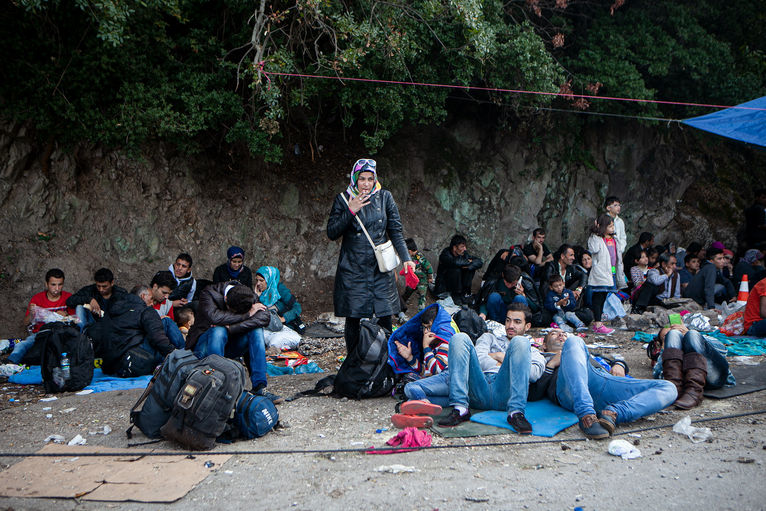
DISPLACED – A Syrian Journey from Turkey to Germany
In the course of the Syrian Civil War a remarkable displacement of population took place. According to statistics of the United Nations, 6.6 million citizens were displaced within Syria, whereas about 5 million are seeking asylum outside of the country. About 2.7 million people fled to Turkey, which is now hosting the world’s largest community of Syrian refugees. The 'Geneva Refugee Agreement' of 1951 guarantees asylum seekers in Turkey the right of asylum. Expecting that war in Syria would be a short-term issue, Turkey was receiving the large amount of refugees with a generous open-arms policy, calculating that people would leave as soon as the conditions in their homelands would approve. However, war in Syria is still continuing and won’t seem to cease so that these displaced people have to face the struggles of an asylum policy that was not designed for permanent settlements and their needs at all. Due to these refugees facing both vital and social problems in Turkey, a large amount of them aim to cross the Mediterranean Sea on rubber dinghies to seek asylum in Europe. According to official numbers, Germany for example has been confronted with an unexpected amount of 1.091.894 registered asylum seekers in the year of 2015. Once a refugee receives an asylum status, she or he gets provided with all the social benefits that German nationals are endowed with like insurance, welfare, child-raising benefits, language and integration courses.
Abeer from Damascus is one of these refugees. After the effects of war started to reach her neighborhood, she decided to flee to Istanbul: "The town near me, I could see planes, bombs … and everything collapsed.“ (Abeer, December 2015)
Together with her three sons Awss (7), Hommam (16) and Baara (18) she had to share one room in Bayrampaşa and was working in the tourism business. After spending almost two years in Turkey, she had to acknowledge the fact that she would not be able to provide her sons a secure future in a country where their educational and social rights would not be fully granted. So Abeer decided to send her son Hommam off to Germany first – accompanied by his uncle. Hommam and his uncle found refuge in a small town in Nordrheinwestfalen, where they were able to live in a hotel that serves as a temporary accommodation for refugees. Since Hommam’s asylum procedure took too long and he felt more and more isolated in a foreign country without his mother, Abeer could not help but arrange another dinghy to Greece for her and her other two sons, Awss and Baara. Her journey ended after about 7 days in the arms of her child. They now live together in a small flat in Nordrheinwestfalen and received their asylum statuses after 6 months.
But although they have successfully taken control of, risked and saved their lives, their journey has not yet ended. There is still war in their homeland; there are family members, friends and another child of Abeer who wasn’t able to leave Syria, people continuing to die in the Mediterranean Sea and of course, their own struggles to adapt to a foreign culture where they are subject to external controls and impositions.
„Since the war started, I feel that I am not in life. I just live because I have to live. Of course I was so glad that I made it. I brought my children here safely and they will build their career. I don't have any wishes for myself. My only wish is to be calm. I like people here. I like to invite them to my home. Yes. But I still have many pains in my heart. Because children – not just in Syria – everywhere I see children suffer. Even my children, they still suffer. But that's the best what I can offer them, and life was so generous to them. But you know, human is not just you come, be save and eat… there are many things inside of you.“ (Abeer, December 2015, Germany)
Çiğdem Üçüncü
She was born in Hanau-Germany and graduated from the University of Arts Braunschweig in 2013, where she has been realizing various projects in the context of performing arts and photography. Üçüncü has been working as a performing arts teacher in Berlin until 2014. She is currently living and working in Istanbul as a photographer and performance artist. Her work focuses on personal stories of migration, women’s rights and urban transformation.




























